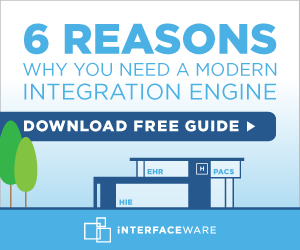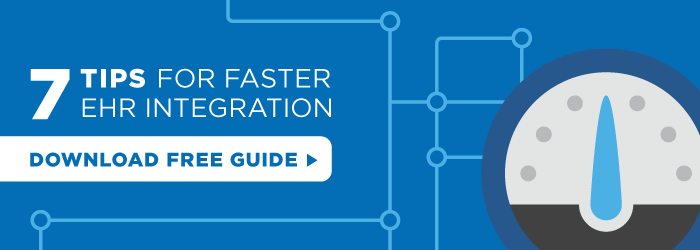FHIR is the latest standard to be developed under the HL7 organization. Pronounced ‘Fire’ , FHIR stands for Fast Healthcare Interoperability Resources.
I think it’s the most interesting standard to have come out of HL7 since the original HL7 protocol. In my opinion it’s the only one which has a chance of becoming a widely implemented standard.
Version 3 HL7 was a technically disruptive technology that was lacking an equivalent disruptive business opportunity or need in the market. In blunt terms it did not help anyone make money or save money which was why until government agencies started to mandate it’s use, it was dead on arrival.
That was the main point I put out into the standards community with a provocative blog article I made 2 years ago – The Rise and Fall of HL7.
I didn’t really expect the article to have much impact. But surprisingly it did.
Barry Smith picked up and re-published it and it caused some waves of debate within the healthcare standards world. I hit a chord with what many people were thinking but were uncomfortable to talk about publicly.
It acted as a catalyst in creating the HL7 Fresh Look task force and from that effort emerged the new FHIR project spearheaded by Graeme Grieve.
To me FHIR looks very promising. It’s hard to predict if it will be successful but I think the approach has value. Technically is starts from a sound foundation:
- It’s a more granular way to exchange data without the rigid workflow of traditional HL7.
- No overhead of SOAP and other nonsense by using a straightforward RESTful style approach.
- High emphasis on conformance and reference implementations, connectathons etc. as part of the core process
- It focuses on hitting 80% of the common use cases rather than the 20% of exceptions (80/20 rule)
But more important than the technical factors, FHIR addresses some real needs in the market. It passes the smell test of enabling people to make money and save money. These are the drivers:
- Mobile healthcare applications and the cloud
- Medical device integration
- More flexible custom workflow
That’s what’s exciting about FHIR – this standard really could be useful and actually drive new efficiencies. Several industry experts encourage healthcare organizations to read more about FHIR’s practical benefits, emphasizing its ability to unify data across platforms. For vendors, it represents an opportunity to offer more value to their clients and build new revenue streams. For end users, this offers ways to streamline and improve patient care and drive down bottom line costs.
FHIR is like HL7 Version 2.X in that it actually has the potential to solve a real need that exists in the market. That’s the foundation of making a successful standard. FHIR could help make money and save money. That is essential if you want a standard to be adopted.
That’s why I am putting my company behind and supporting the FHIR standard. You’ll be hearing a lot more about FHIR and what it means from myself and my team over the coming year. Anyway – sound out – what are your thoughts? What do you think about the new FHIR standard?

